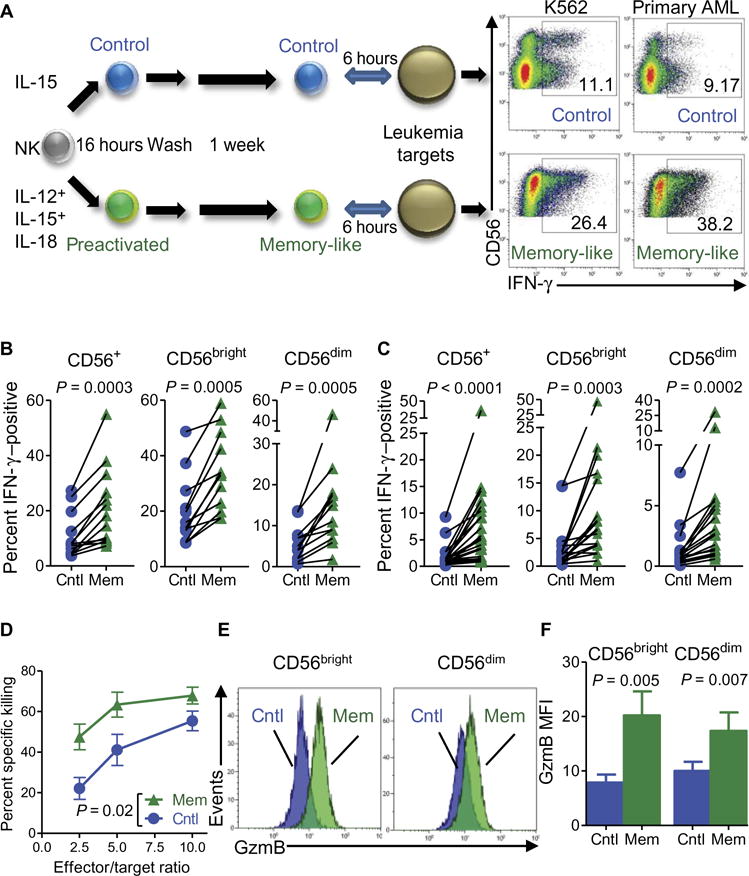Fig. 1. Memory-like NK cells exhibit enhanced functional responses against leukemia targets.

Purified NK cells were preactivated with IL-12, IL-15, and IL-18 or control (cntl; IL-15) for 16 hours, washed, and then rested in low concentrations of IL-15 to allow for differentiation. (A) Schema of memory-like (mem) NK cell in vitro experiments and representative flow plots showing enhanced IFN-γ production by NK cells after K562 (left) and primary AML (right) triggering. Inset numbers are the percentages of IFN-γ –positive NK cells within the indicated regions. (B and C) Summary of data showing enhanced IFN-γ production by all memory-like NK cells (CD56+) as well as each of the two major human NK cell subsets (CD56dim and CD56bright) restimulated with K562 (B) or primary allogeneic AML blasts (C). (D) Increased killing of K562 leukemia target cells by purified memory-like NK cells as compared to control NK cells from the same individuals. (E) Representative flow cytometry data showing increased granzyme B (GzmB) protein in memory-like compared to in control NK cells. (F) Summary of data from (E) showing granzyme B median fluorescence intensity (MFI). Data represent two to six independent experiments and were compared using Wilcoxon signed-rank test with means ± SEM displayed in all graphs.
